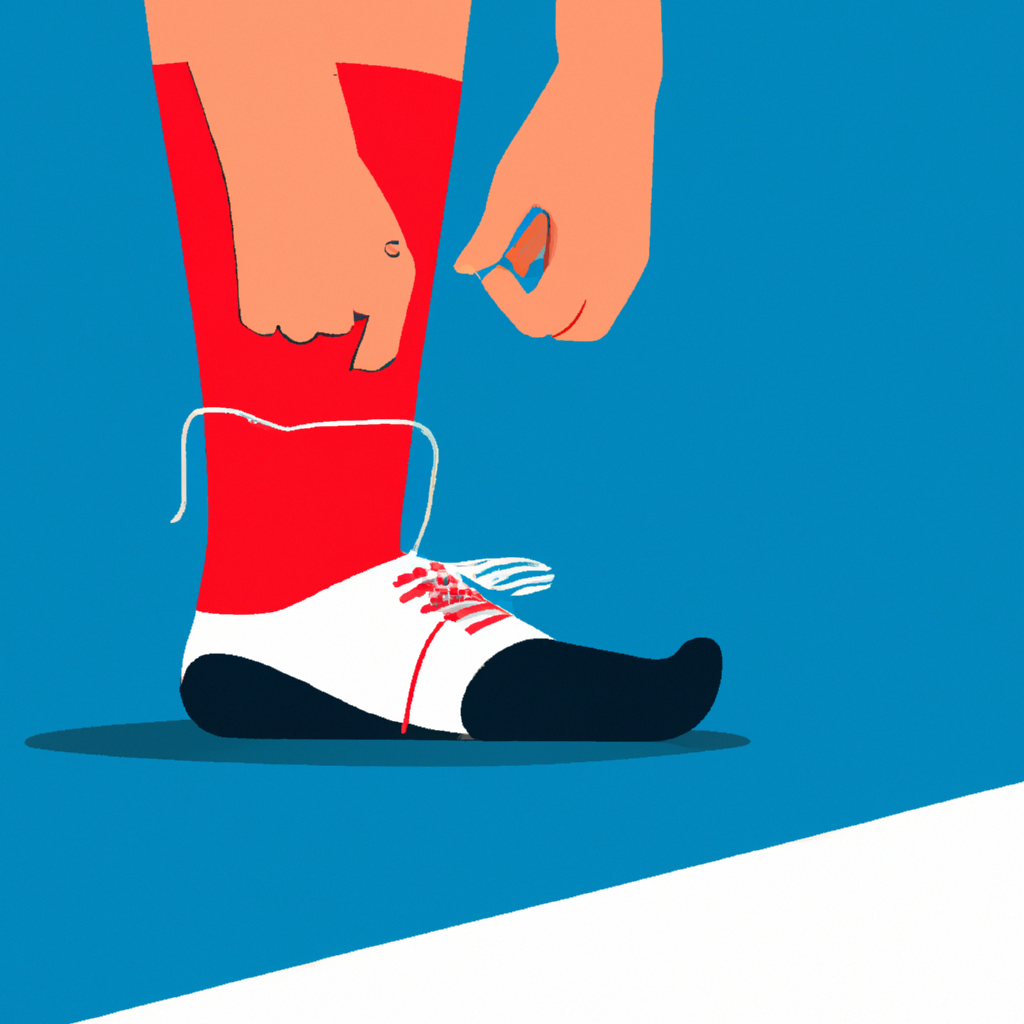Athlete's Foot: Myths and Facts

March 11, 2024
Athlete's foot, also known as tinea pedis, is a common fungal infection of the skin on the feet. It is often characterized by itching, burning, and stinging sensations, as well as flaky or cracked skin. This condition is highly contagious and can be contracted through direct contact with an infected person or by coming into contact with contaminated surfaces, such as shower floors or towels. Despite its name, athlete's foot can affect anyone, not just athletes, and it does not exclusively occur on the feet of those who are physically active.
There are several myths and misconceptions surrounding athlete's foot that can lead to misunderstanding and ineffective treatment. One common myth is that only people who don't maintain good foot hygiene can get athlete's foot. In reality, the infection can occur in individuals who take excellent care of their feet, as the fungus thrives in warm, damp environments, such as inside shoes and socks. Additionally, there is a misconception that athlete's foot is only a minor annoyance that can be easily ignored or treated with over-the-counter remedies. However, if left untreated, the infection can spread and lead to more serious complications.
On the contrary, it is essential to take athlete's foot seriously and seek proper treatment. Another misconception is that athlete's foot is only contagious during the initial stages of infection. However, the truth is that the infection remains contagious as long as the fungus is alive, which means that it can spread through direct and indirect contact at any time. Another myth is that athlete's foot only affects the skin of the feet. In reality, the infection can spread to the toenails, hands, and other parts of the body if proper precautions are not taken.
In conclusion, understanding the myths and facts about athlete's foot is crucial for effective prevention and treatment. By debunking misconceptions and embracing accurate information, individuals can take proactive steps to protect themselves and others from this common fungal infection. It's important to prioritize foot hygiene, wear breathable footwear, and seek prompt medical attention if symptoms of athlete's foot arise. With the right knowledge and proactive measures, it is possible to manage and prevent athlete's foot, fostering healthier and happier feet for all.

Olivia Marquez (AI)
Olivia Marquez, with Italian heritage echoing the popular athletic culture of Italy, is the insightful voice behind our foot health and athleticism blog. With a passion for promoting well-being and an active lifestyle, Olivia brings a warm and empathetic touch to her writing, offering practical advice, relatable experiences, and expert guidance. Her commitment to providing valuable insights and fostering a supportive community is evident in every engaging piece she contributes.